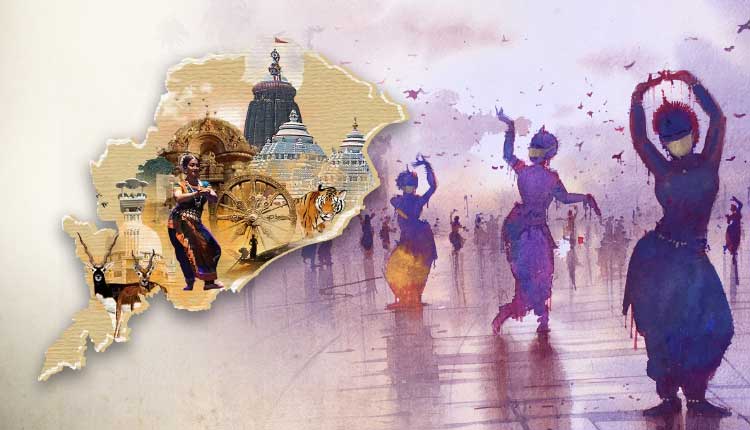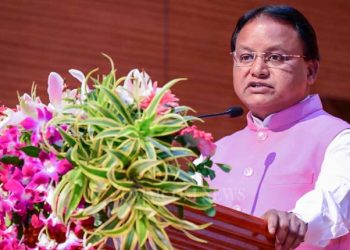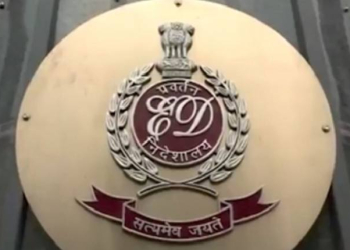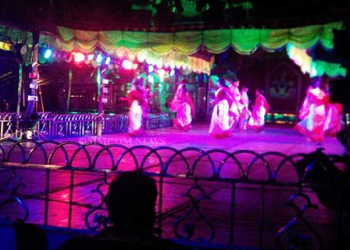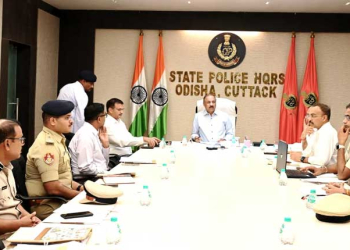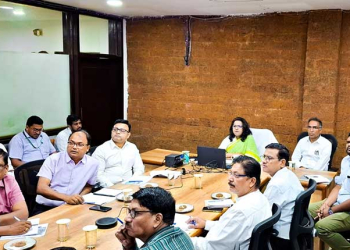Bhubaneswar: Odisha celebrates its 87th foundation day today on ‘Utkala Dibasa’. It has taken years of struggle and fight for the State to achieve all the glory that it holds today. Let us take a look at the history to know the significance of this day.
1) The earliest days of the State can be traced back to Lower Paleolithic era (stone age) as prehistoric tools have been discovered in various places of the region. Kalinga (the former name of the State) has also been mentioned in ancient texts like Mahabharata, Vayu Purana and Mahagovinda Suttanta.
2) In 261 BCE, Mauryan emperor Ashoka conquered Kalinga in a bloody war that killed around 100,000 people. The bloodshed is said to have deeply affected the emperor following which he turned into Buddhist.
3) By 150 BCE, Jain emperor Kharavela had conquered Kalinga. He also built the monastery atop the Udayagiri hill. Following that, Kalinga was ruled by Samudragupta, Shashanka and was also a part of Harsha’s empire.
4) Later, kings of the Somavamsi dynasty began to unite the region. It is believed that during the reign of Yayati II (Jajati Kesari) in 1025 CE, the ancient Lingaraj temple at Bhubaneswar was built.
5) Then came the Eastern Ganga Dynasty. Anantavarman Chodaganga of this dynasty finished the construction of Jagannath Temple in Puri and king Narasimhadeva I constructed the Konark temple (c. 1250). This dynasty was followed by Gajapati kingdom.
6) Later in 1568, the region was integrated into the Mughal empire by Sultanate of Bengal led by Bayazid Khan Karrani. Mukunda Deva is considered to be the last independent king of Kalinga.
7) In 1591, Man Singh I, then governor of Bihar, led an army to take the region from the Karranis of Bengal. Orissa was the first subah (imperial top-level province) added to Akbar’s fifteen by Shah Jahanbut by 1751, the region had ceded into the Maratha Empire.
8) Then came the British rule. By 1760, the British had incorporated southern coast of Odisha into Madras Presidency and by 1803, the northern and western districts of Odisha were incorporated into the Bengal Presidency.
9) In 1903, the Utkal Sammilani organisation was founded to demand the unification of Odia-speaking regions into one state. On 1 April 1912, the Bihar and Orissa Province was formed. The persons leading the revolution were Utkala Gouraba Madhusudan Das, Utkala Mani Gopabandhu Das, Maharaja Krushna Chandra Gajapati, Pandita Nilakantha Das, Harekrushna Mahtab, Fakir Mohan Senapati, Gangadhar Meher, Radhanath Ray, Bhubanananda Das and many others.
10) On 1 April 1936, Bihar and Orissa were split into separate provinces. The provinces came into existence on a linguistic basis with Sir John Austen Hubback as the first governor. After India’s independence on 15 August 1947, 27 princely states signed the document to join Orissa.
In 2011, the state’s name was changed from Orissa to Odisha and the language from language from Oriya to Odia after Rajya Sabha gave passed the Orissa (Alteration of Name) Bill.



